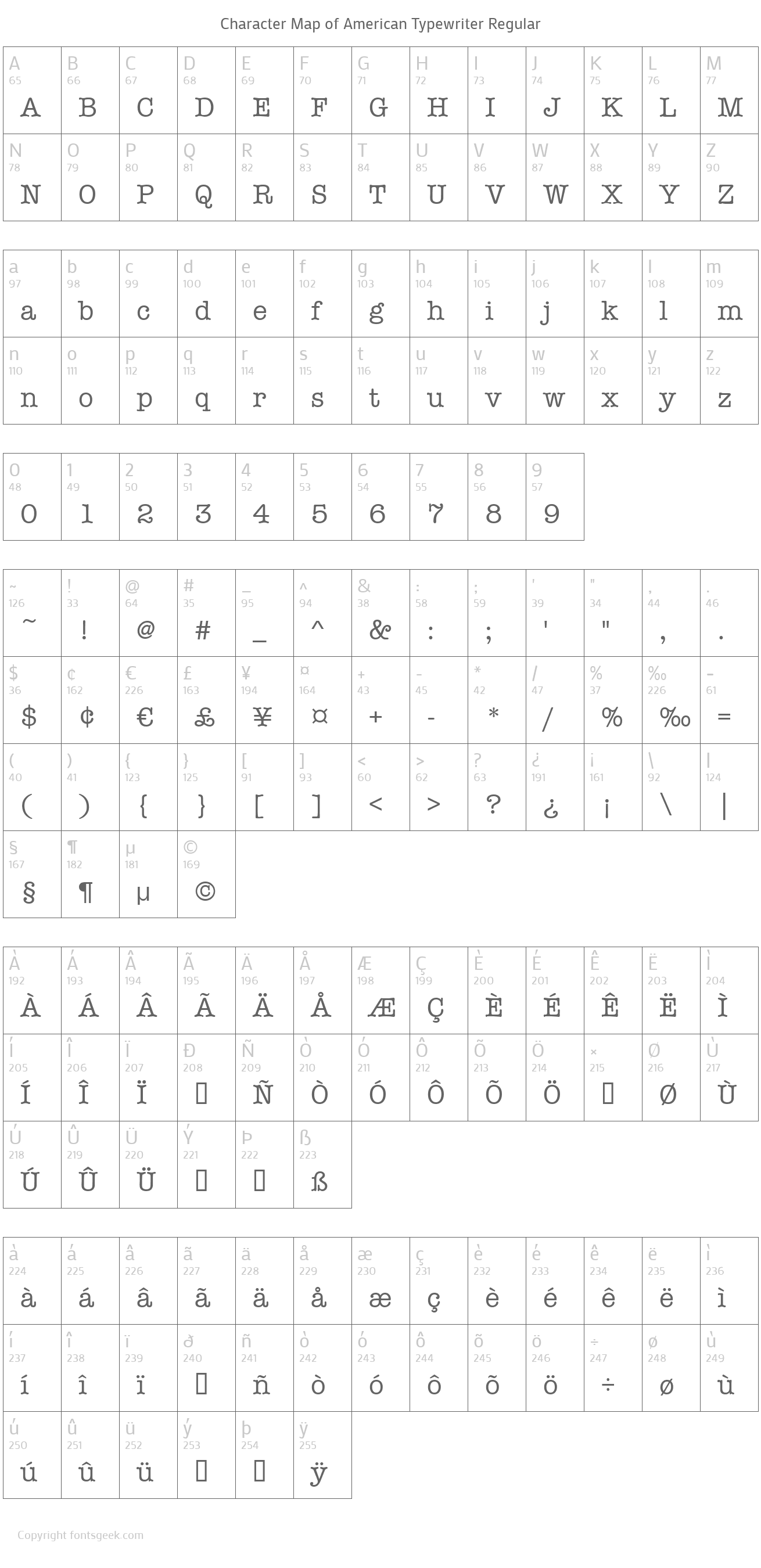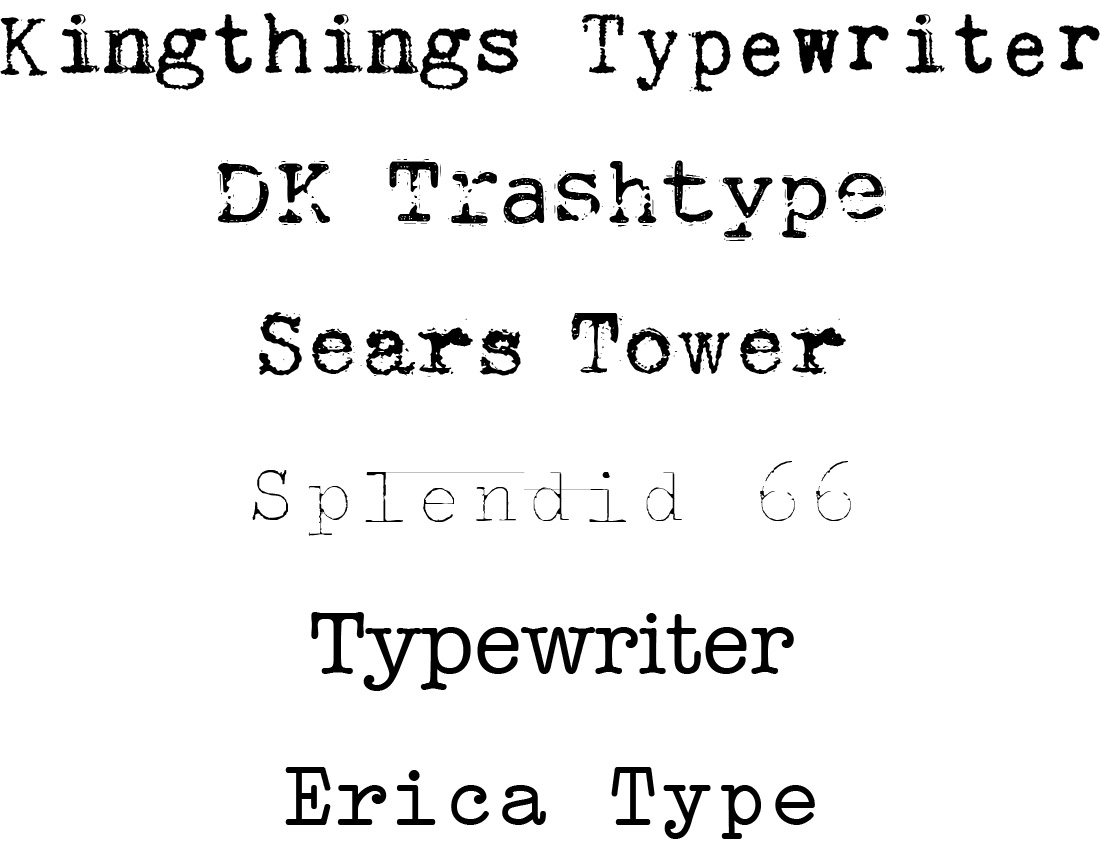

- #INSTALL REDIS CACHE WINDOWS SOFTWARE#
- #INSTALL REDIS CACHE WINDOWS PASSWORD#
- #INSTALL REDIS CACHE WINDOWS DOWNLOAD#
- #INSTALL REDIS CACHE WINDOWS FREE#
#INSTALL REDIS CACHE WINDOWS SOFTWARE#
# Chocolatey Software recommends Nexus, Artifactory Pro, or ProGet as they # generally really quick to set up and there are quite a few options. # You'll need an internal/private cloud repository you can use. Internal/Private Cloud Repository Set Up # # Here are the requirements necessary to ensure this is successful. Your use of the packages on this site means you understand they are not supported or guaranteed in any way.
#INSTALL REDIS CACHE WINDOWS FREE#
With any edition of Chocolatey (including the free open source edition), you can host your own packages and cache or internalize existing community packages.
#INSTALL REDIS CACHE WINDOWS DOWNLOAD#
Packages offered here are subject to distribution rights, which means they may need to reach out further to the internet to the official locations to download files at runtime.įortunately, distribution rights do not apply for internal use. If you are an organization using Chocolatey, we want your experience to be fully reliable.ĭue to the nature of this publicly offered repository, reliability cannot be guaranteed.
#INSTALL REDIS CACHE WINDOWS PASSWORD#
You can even run the redis-cli tool from powershell… Redis from PowerShell, no password Now we can go back to the Windows shell and run the wsl commands without being prompted. This allows us to remove the sudo password requirement for redis-server and only for redis-server. The chmod 0440 command sets the permissions to read-only for the root account and is required for sudoers.d. There is a file in the sudoers.d folder named README, it will explain what the file name restrictions are. The file name allowed-services is arbitrary, I picked it because it made sense to me. The echo line basically says that you can invoke sudo with no password for redis-server and writes that setting to a file named allowed-services. You need root access to work with this folder.

Then we use “sudo sh” to gain root access. The first thing we do is make /etc/sudoers.d the current folder. From the Linux shell do the followingĮcho "%sudo ALL=(ALL) NOPASSWD: /usr/sbin/service redis-server *" > allowed-services You can add a file to the /etc/sudoers.d folder in the Linux distribution and remove the root password requirement for the redis-server service. Having to use the root password over and over again can be tedious on a development box. In the Linux shell, you are prompted just the first time you call sudo in a terminal session. Unlike from the Linux shell, each time I invoke “sudo”, I’m prompted for the password. You can get the names of the installed distributions with the “wsl -l” command. If you have multiple distributions installed, you would use “wsl -d DistributionName”. Since I only have Ubunto installed, that was the default Linux that received the command. And it returned the same message that I would see from the Ubuntu shell. And because I used sudo, I was prompted for the root password. From the screenshot, you can see that WSL passed along the sudo service command to Ubunto.


 0 kommentar(er)
0 kommentar(er)
